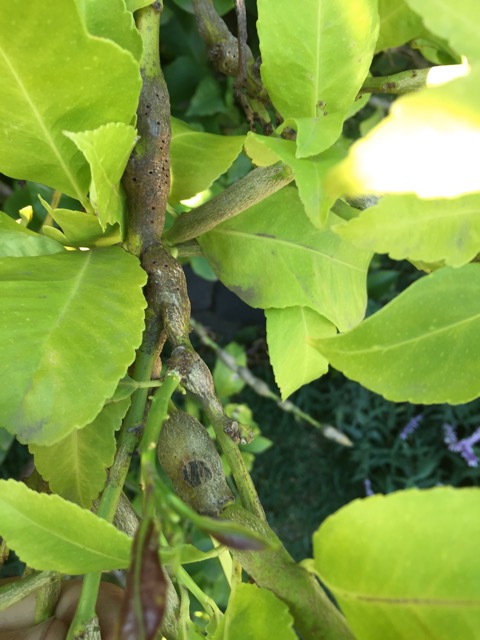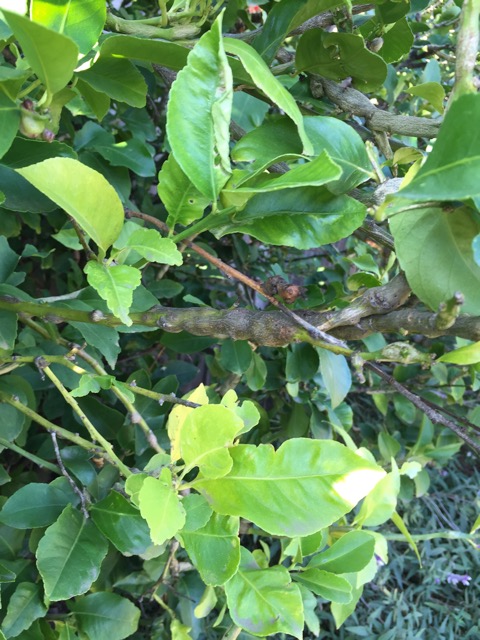July, 2016
Do you have a lemon tree in your back yard? Do you know someone who does? It is possible you grew up with one of these iconic backyard fruitful beauties, or maybe you had one of the other many varieties of citrus trees. With an abundant amount of tasty and nutritious fruit it is easy to see why they are a favourite amongst garden and cooking enthusiasts.
Unfortunately though, our beloved lemon and other varieties of citrus trees such as the grapefruit, have over recent years come under attack from a nasty pest. Meet the Citrus Gall Wasp an Australia native insect pest that is causing destruction to one of our favourite trees.
Originally a problem of citrus trees, in particular the native lime fingers, in Queensland and mid to north New South Wales, the Citrus Gall Wasp has over the last 20 years increased. It has now established itself around the regions of New South Wales, South Australia and Victoria where orange production is present. It has also spread around Melbourne making it a huge problem for local backyard gardeners.
The Citrus Gall Wasp are rarely seen as they are less than 3mm in size. The only way to know if your tree is harbouring these pests is if your tree has unsightly galls appearing. A severely infested tree can have over a hundred galls harbouring many wasps.
The infestation starts in early spring when the adult wasps mate and the female implants her eggs laying up to 100, usually under the bark of new shoots in the citrus tree. The larvae hatch after 2-4 weeks and the galls on the stems form as the larvae burrow into the twigs to feed and pupate over winter. The tree reacts by swelling and forming a gall giving the eggs room to grow. They then grow within the stem for 9-12 months until they become adults. Small holes in the galls indicate the wasp has emerged, but if there are no holes the pupating wasp is still in there. The emergence of the adult is influenced by temperature and the appearance of spring growth, but it cannot move far and really only travels with the prevailing winds living up to 3 -14 days.

Examples of swelling on stem

Lemon tree with exit holes on the galls
Part of the wider spread of this pest comes from the effects of climate change, which means the life cycle can be repeated during the year instead of just during the spring. It also comes from the distribution of infected trees into nurseries where trees have not been inspected.
The Citrus Gall Wasp is more damaging to younger tress rather than older ones. Heavily galled trees will result in no fruit, reduced fruit size or branch dieback. When the wasps emerge it slowly kills the tree. The damage cannot be cured or reversed, however it can be minimised by removing the galls. By removing newly form galls without the exit holes it will stop the spread of the adults. This should be done as they appear generally before August. Galls should be disposed of immediately (double sealed bag and binned) to prevent adults hatching and reinfecting the tree. For heavily infected trees, we recommend the installation of pest traps from August to November.
Keeping your tree well nourished, free of weeds and keeping the soil around the tree most with water and mulch can help combat these pests. Feeding them in autumn or early winter will also help keep the tree healthy.
We love our citrus trees. They offer so much to our backyard gardens and have been so much apart of our heritage. Caring for them as we would care for any other living thing helps give them the best chance to survive and be fruitful. So go out and check your beloved citrus tree and make sure there are no nasty pests harbouring in there!
Because trees matter!
Until next month
The Assured Tree Care Team